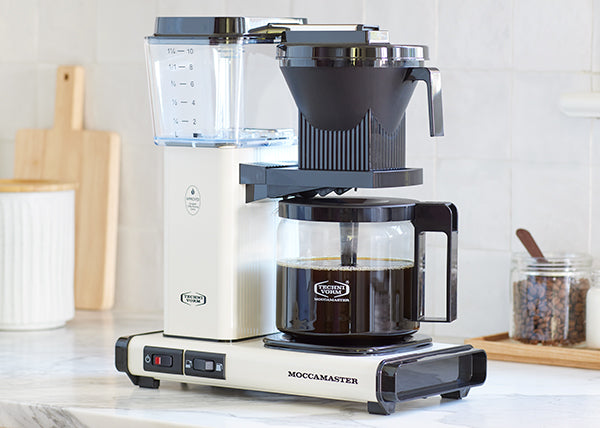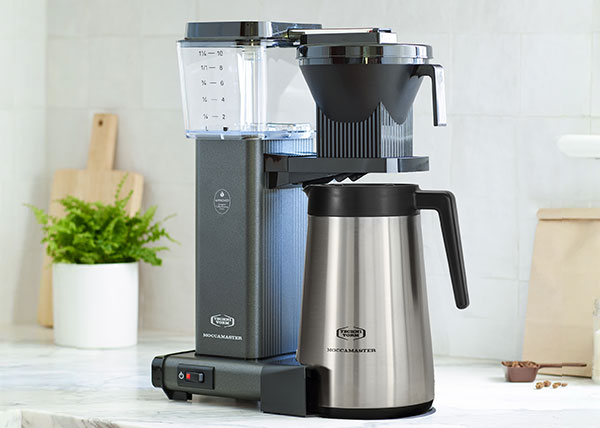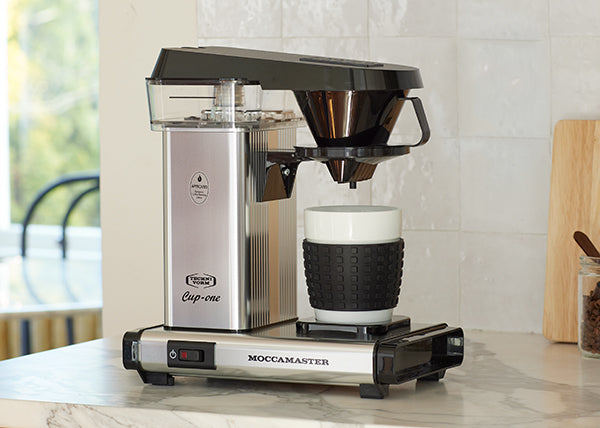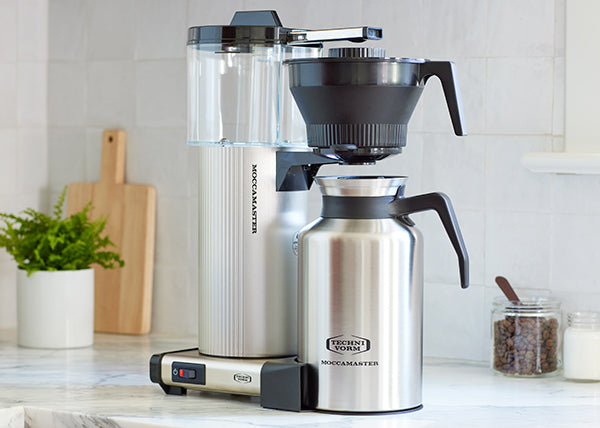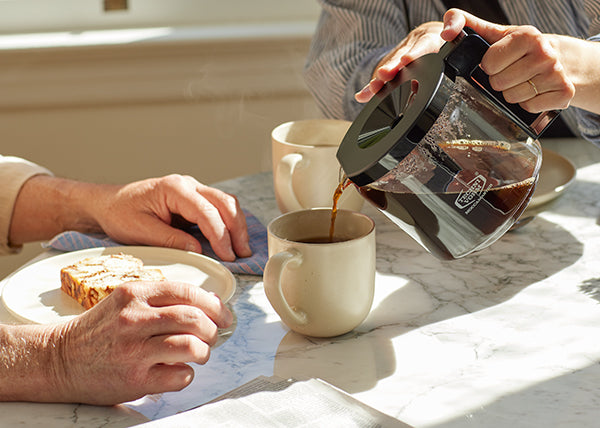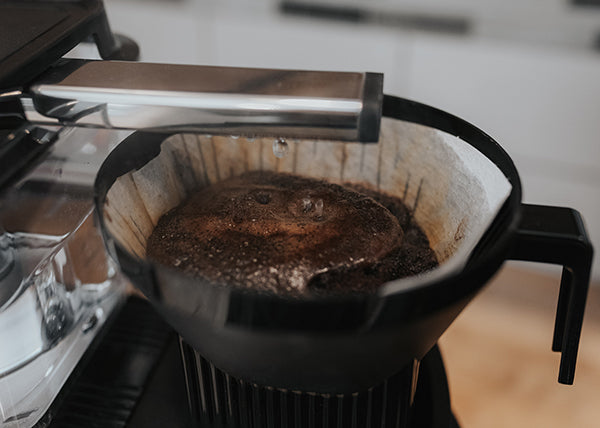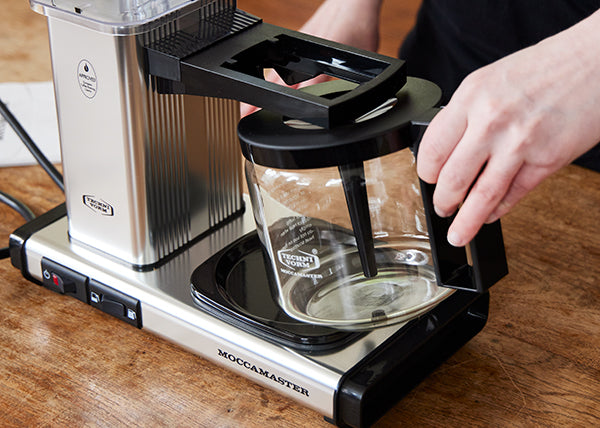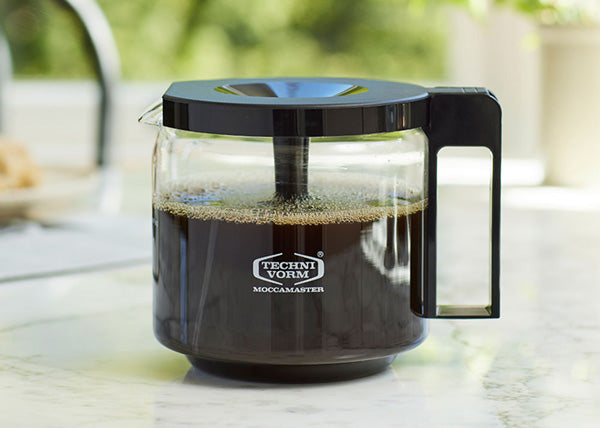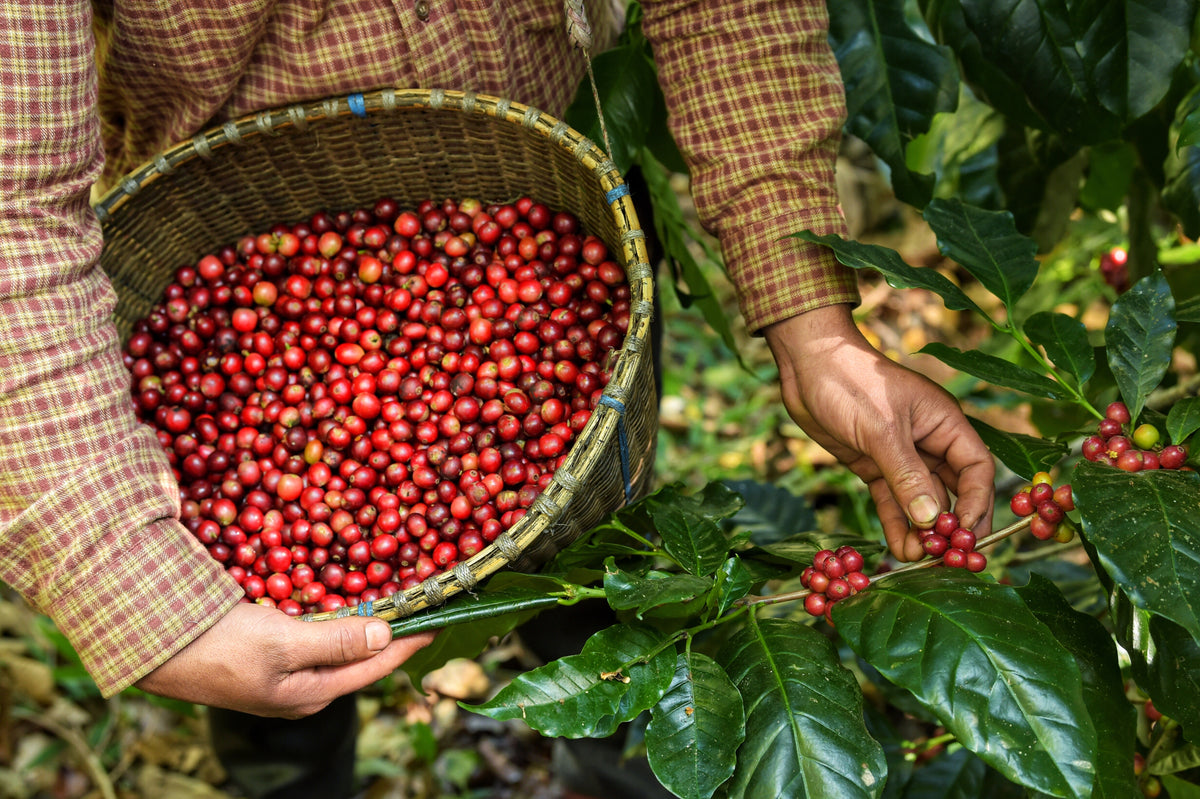Having a morning cup of coffee is one of the simplest pleasures in life. But behind that delightful ritual, there’s a world of complexity. Before you can indulge, there’s a long process that starts with growing coffee cherries, which contain the beans that eventually get roasted and brewed. And only certain areas of the world have the right conditions to grow coffee plants.
Within these different coffee-growing regions, the products can vary widely. Coffee from one part of the world, like South America, can have a very different profile from coffee grown in Africa, for example.
As your appreciation for coffee grows and you use your Moccamaster to experience the real taste of coffee, you might want to know more about where your coffee comes from. So, we’ve put together this guide to the main coffee-growing regions of the world, which can help you find some new varieties to try the next time you’re shopping for beans.

Coffee Grows in the "Bean Belt"
Coffee grows in dozens of countries around the world and on every continent except Antarctica. However, most coffee is grown in the tropics in the region known as the "Bean Belt" or the "Coffee Belt". Specifically, the Bean Belt runs between the latitudes of 25° North and 30° degrees South of the equator, according to the National Coffee Association (NCA).
That’s because coffee plants require precise growing conditions, and the Bean Belt tends to provide the right mix of temperature, precipitation, and soil quality.
But even though the "Bean Belt" runs through the tropics, that doesn’t mean coffee can grow anywhere in that region. You might like your coffee piping hot, but the plants thrive at more moderate temperatures.
The most common type of bean, Arabica, ideally grows between 59°-75°F (15°-24° C), notes the NCA. These beans tend to do best at higher elevations. So even if a country tends to have hot weather, the plants might be able to grow higher up where it’s cooler.
Meanwhile, Robusta coffee beans can grow in hotter climates and at lower elevations. The ideal temperature range is 75°-85°F (25°-30°C), adds the NCA. Both types of beans also require around 60 inches of rainfall.
Because of these requirements, climate change threatens coffee-growing regions. It’s possible that some areas of the Bean Belt might become less viable for coffee production. The good news is that growers, roasters, and even home brewers are focusing more on coffee sustainability.
The 4 Main Coffee-Growing Regions of the World
Depending on who you ask, the coffee-growing regions of the world might be split into different sizes. Some say there are three main coffee regions, others say there are five, depending on where you draw the lines. Here we’ll break it down into four main regions.
1) Africa/Arabia
Africa — specifically Ethiopia — is the birthplace of coffee and remains one of the top coffee-growing regions of the world. In addition to Ethiopia, countries such as Côte d'Ivoire, Kenya and Uganda are also significant coffee producers.
While coffee started in Ethiopia, the beverage became more popular as trade took off between East Africa and the Arabian Peninsula. The word mocha even comes from the port city of Mocha in Yemen, which helped further spread coffee to other countries. The Arabian Peninsula isn’t the producer that it used to be, but it still deserves mention.
Read more here about coffee from Africa/Arabia.
2) Asia/Oceania
Mocha isn’t the only coffee term that comes from the geographical history of the coffee trade. The word java stems from the island of Java in Indonesia, which remains a major coffee producer today. Nearby, Papua New Guinea is also one of the world’s largest coffee producers.
Other countries in the broader region have also taken on significant roles in coffee production. Vietnam is the world’s largest producer of robusta beans, and India also has a strong coffee-growing industry.
Read more here about coffee from Asia/Oceania.
3) South America
Although coffee originated a continent away, South America now plays a central role in coffee production. In fact, Brazil is the largest coffee-producing nation in the world. There’s even a famous song about Brazil’s love of coffee.
Colombia is another South American country that’s become synonymous with coffee. Others such as Peru and Ecuador also grow great beans.
Read more here about coffee from South America.
4) North America/Central America/The Caribbean
Many areas of Central America are volcanic and mountainous, which creates great conditions for coffee plants. Countries like Costa Rica, Guatemala, and Honduras are strong coffee producers.
As you move further north, Mexico is also a major coffee grower, but past that, you generally get too far outside the Bean Belt. Hawaii, however, puts the U.S. on the map for coffee production. Some Caribbean islands also grow high-quality coffee such as Jamaica and the Dominican Republic.
Read more here about coffee grown in North America/Central America/The Caribbean.
Why Does the Growing Region Matter for Coffee Flavor?
Like wine, coffee flavor is strongly influenced by the environment where it grows. Part of that has to do with local factors like the soil and the climate, which can impart different tasting notes. Plus, coffee-growing regions sometimes share similarities in coffee-production processes, which can influence the taste, as a Serious Eats article notes.
So, just like you might be drawn to wines from, say, France and Italy over Napa and Sonoma, your palette might lean more toward, say, coffee beans from Central America that have a caramel quality, rather than earthy beans from Southeast Asia.
Still, don’t assume that every bean from a given region will taste the same. The way it’s roasted also makes a big difference, so pay attention to the descriptions on any bags you buy. Then, next time you brew the perfect cup of coffee, see what tasting notes you pick up and try to find what makes your tastebuds the happiest.


